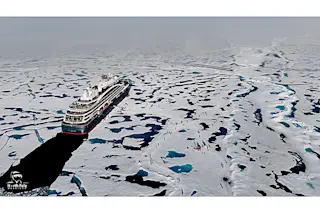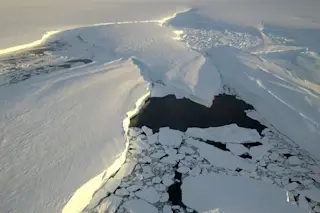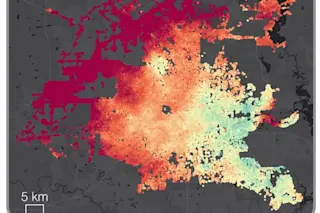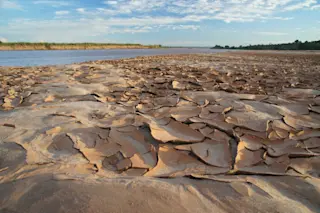Under warm summer conditions, the sea ice stretching across much of the Arctic Ocean shriveled much more dramatically than it did during cooler summers of decades past, the National Snow and Ice Data Center has reported.
"While it wasn’t a new record low, this year’s sea ice minimum is yet another example of a changed Arctic environment," said Walt Meier, an NSIDC senior research scientist.
Every year, the Arctic's floating sea ice shrinks under summer warmth, typically reaching a minimum extent in September. This year, the sea ice appears to have bottomed out on Sept. 11, continuing a long-term downward trend driven in large measure by human-caused warming.
Along with the paltry amount of sea ice across the Arctic Ocean, other signs were a reminder (as if any was needed) that the Arctic has warmed nearly four times faster than the globe overall. These signs included significant amounts of open ...














